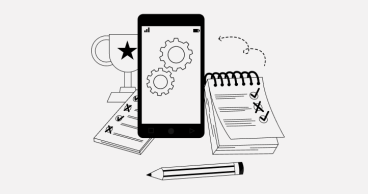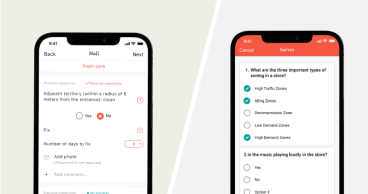Qvalon Blog article content
The importance of the store layout is obvious to every retailer. From international brands catering to customers across geographies to single-store entities focussed on customers only from local regions. A company’s standards for quality, visuals, and aesthetics shape its retail merchandising management. Customers can sense a brand’s specialties, offerings, and competencies based on their first impressions at the retail store.
For example, brands that occupy the luxury segment tend to communicate the same through bright lights, pastel colors, minimalism, etc., and brands that serve kid products tend to have contrasting colors, popular music, multiple product choices in a smaller area, and so on.
Even though it is said that one should not judge a book by its cover, people tend to do that, and retailers know it. A person’s reaction to a store’s look and feel can compel them to visit inside or to explore more options. That is why companies invest heavily in new research and studies on human behaviors in response to different retail merchandising options. Based on this they formalize standards which in turn decide the salesfloor experience of store visitors.
It is equally important for brands that such standards are closely followed by the retail teams. Any discrepancy may provide a poor store experience to a visitor that reflects badly on the brand. It is tricky to communicate standards specific to visuals through non-visual means such as texts. Imagine the scenario where one has to suggest colors, music, layout just through words. It would take much effort to clearly articulate this to store teams across the retail network and even then there are no guarantees that the complete workforce will understand and implement the standards with consistent uniformity.
Also, such standards are regularly updated as per seasonality or topical events. It becomes a bigger challenge for brands to repeat the whole process of drafting the latest standards, communicating to all employees, and monitoring their adherence. Companies that regularly undertake this process using outdated methods, risk losing profits, customer loyalty, and falling behind competitors that remain technologically updated to oversee this process.
QVALON’s head of the department of methodology and expertise of solutions, Irine Tkachuk shares the progress of visual merchandising management systems in retail chains today.
Evolution of merchandising management system
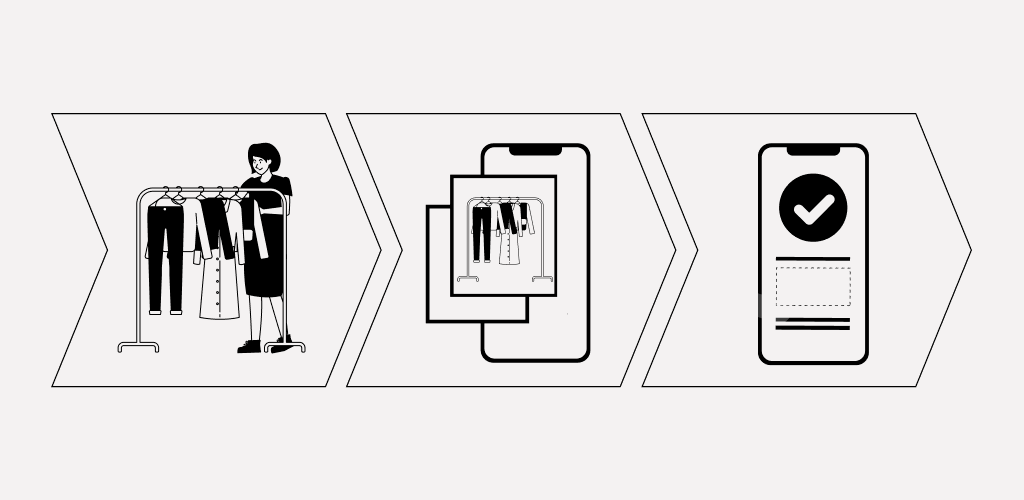
Let’s proceed with the example of store layout to understand the advancements in the merchandising management system.
-
Stage 1 — The auditor personally arrives at the shopping facility and reviews the compliance of the actual layouts with the standardized planograms.
-
Stage 2 — The store layout is photographed by a store employee, the auditor remotely evaluates the execution quality of planograms from the photo. Information exchange and communications are carried out using additional services like cloud storage (Google Drive, Microsoft OneDrive, Dropbox, Box), FTP, messengers, etc.
-
Stage 3 — The store layout is photographed by a store employee, the auditor remotely evaluates the execution quality from the photo, but information exchange and communications are carried out via specialized systems (like QVALON).
-
Stage 4 — The review process is automated to the maximum possible extent with minimized human involvement.
In our experience, most companies currently are at stage two of evolution and they do not always understand the need to switch to stage three. Comparison between the two stages clearly reflects this necessity.
Comparison between the two stages
|
Criteria |
Stage 2 |
Stage 3 |
|---|---|---|
|
Automation |
Absent |
Partial |
|
Task planning |
Performed manually by individual teams at each store of the entire retail network using third-party applications (mail, calendars, messengers, etc.) |
Performed automatically by the system |
|
Notifications |
Absent |
Each task performer is notified automatically to complete photo reports. It is possible to configure which notification goes to which employee |
|
Time and expenses |
Significant. (Take photos, adjust them to required size and format, create an archive and upload it on internal storage, etc.) |
Minimal. (Photo is taken in a mobile app and is automatically uploaded on the cloud storage in desired size and format.) |
|
Communication |
Communication can take place via different channels (messengers, mail, phone) |
All communication is done in a single system. No additional tools are required |
|
Efficiency |
Low. (Information, communications, data can be lost when acquired through different channels.) |
High. (Data and files exchange, communication, and collaboration are done in a single ecosystem.) |
|
Data authenticity |
Absent. (Store teams may provide photos taken at another time.) |
There is functionality to prohibit photo attachment from the smartphone’s gallery. Store teams are obliged to take photos while completing the photo reports |
|
Data storage |
On a smartphone or personal computer |
In the cloud storage with the ability to download photo reports for any period in a structured format |
Evolve and optimize
Following up the comparison, we have detailed below how visual merchandise management is done at stage two and demonstrate the advantages of evolving to stage three with QVALON.
Reporting by store teams
-
A store employee takes photos (sometimes at the wrong time, because he was distracted or simply forgot to do the task) of product displays via a camera or smartphone.
-
They transfer photos to a computer, change their sizes and format as required, and save them.
-
Then, they upload photos on a network drive, FTP, cloud storage, or send them via a messenger.
The amount of routine activity that significantly slows down the overall process should be noted here. In this way, it may take several hours to prepare a photo report for a large store. With QVALON, this task is performed much faster. An employee takes photos of the product layout using QVALON on their smartphone, and they are automatically uploaded to the cloud storage in the desired size and format.
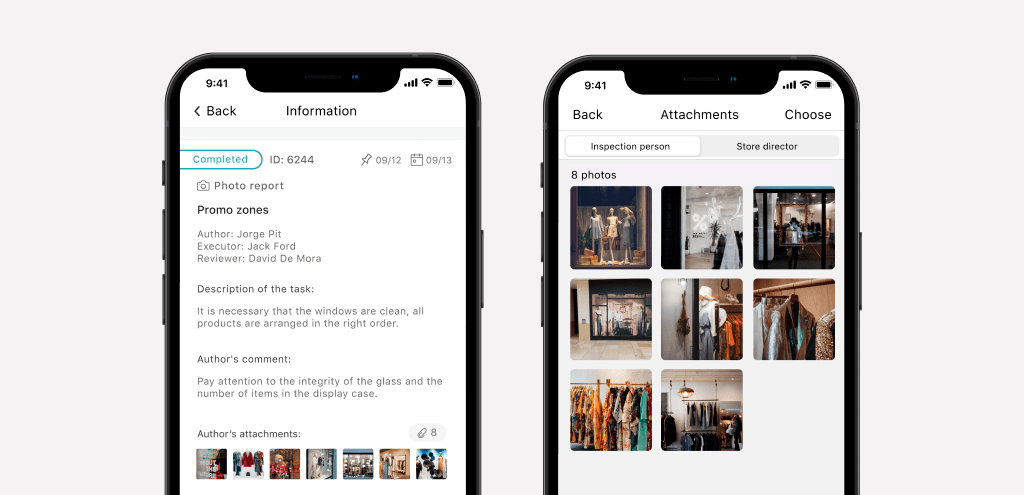
Fig. 1. The interface of the QVALON mobile application
The photo report is ready almost immediately and the employee can be engaged in other tasks.
Verification by auditor
-
The auditor selects the photos related to a particular store from the database.
-
They review through photos, make text comments if necessary, and even highlight the violations through external photo editors.
-
Then they provide feedback to respected employees by email, messenger, or phone and assign them new responsibilities to correct the violations.
-
The whole process repeats till all violations are addressed.
It is very difficult to find necessary information (photos) if they are sent on messenger. Likewise, a lack of data structure in mail correspondence can cause feedback to be easily lost. If the same was done through messenger or call then data might be lost completely.
With QVALON, all reports are stored in a structured database, with a convenient filtering system for quick search of the necessary information. The report can be searched by name, date, responsibility (employee that submitted the report), and its status (new, expired, in-operation, or closed).
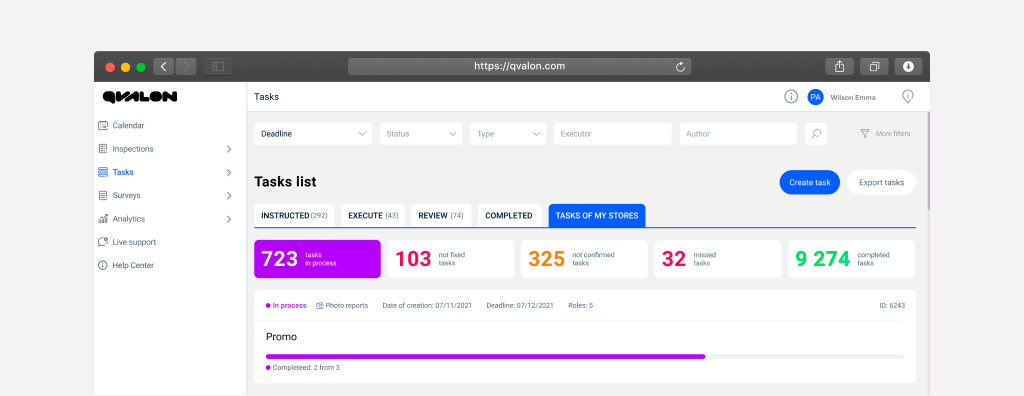
Fig. 2. The interface of the web version of the QVALON system
If necessary, the auditor can open the built-in photo editor to highlight the violations or errors directly on the photo.
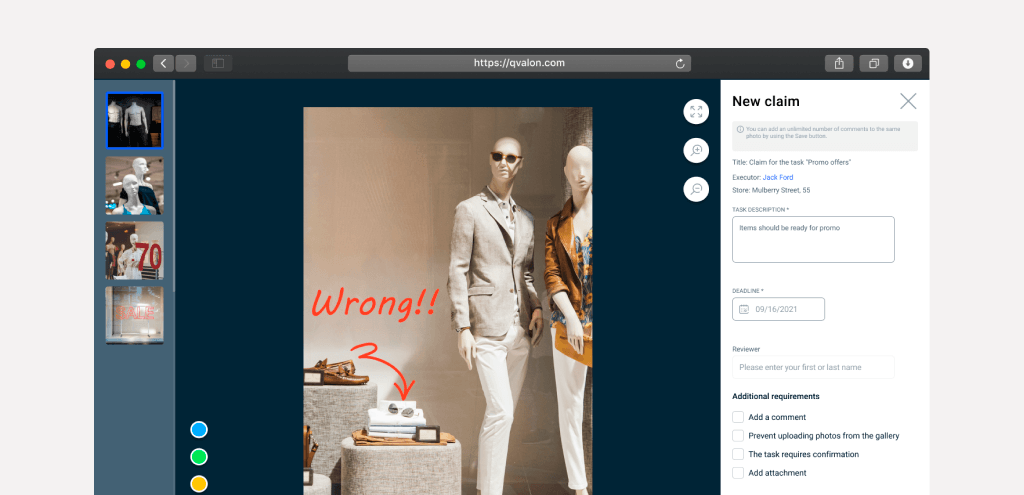
Fig. 3. The interface of the web version of the QVALON system
All photo claims from the auditor are stored in a separate "Claims" tab within the provided report.
Authenticity of photos
Employees may upload photos taken at a different time when the floor layout was closest to standards. They may hide their mistakes and the company will lose its grasp on reality. The company may be tricked to presume that their retail merchandise management, compliance with visual standards is maintained across the network, while in the actual scenario, there may be lapses at some, if not all stores.
Such lapses are prevented with QVALON as it prohibits photo attachment from the smartphone's gallery, thus store teams are compelled to take photos at the time of making the reports.
Financial benefits at stage 3
QVALON’s main advantage when used to monitor product presentation is to optimize the workforce’s time and workload. Retail employees will have more time to assist customers which will reflect higher customer loyalty and sales volume.
QVALON is a stage 3 visual merchandise management system, it is robust against any manipulations, hence the metrics and insights provided by it are the most accurate and authentic. Companies can investigate actual reasons for detected violations and come up with corrective actions quickly. Due to instantaneous information exchange, implementation time is less, and losses are prevented that would have occurred if violations remained unchecked.
Rise to stage 4
Even at stage 3, there is a significant amount of human involvement in reviewing the reports, highlighting violations, creating new tasks to address those violations, and assigning responsibilities. QVALON empowers companies to integrate products of partner companies for their other needs into one wholesome system that:
-
Resolves the discrepancy between the actual layout at retail stores against the standardized version of the planograms, using video recognition technology from surveillance cameras based on neural networks.
-
Creates tasks to eliminate the detected violation, provides collaboration, monitors the quality and time taken for addressing the violation.
-
Provides insights from deep analytics on various parameters of the retail merchandising process (shelf space efficiency, brand representation, shelf space utilization, etc.).
At QVALON, we are ready to deliver a personalized, simple, and cost-effective approach to growing retail-model businesses.

